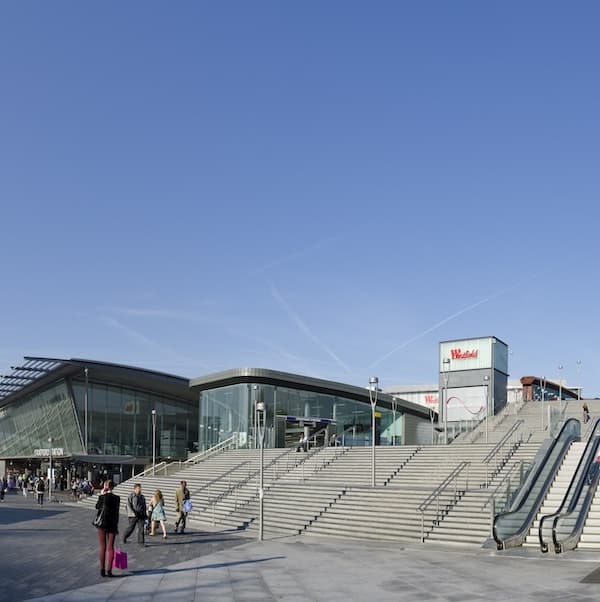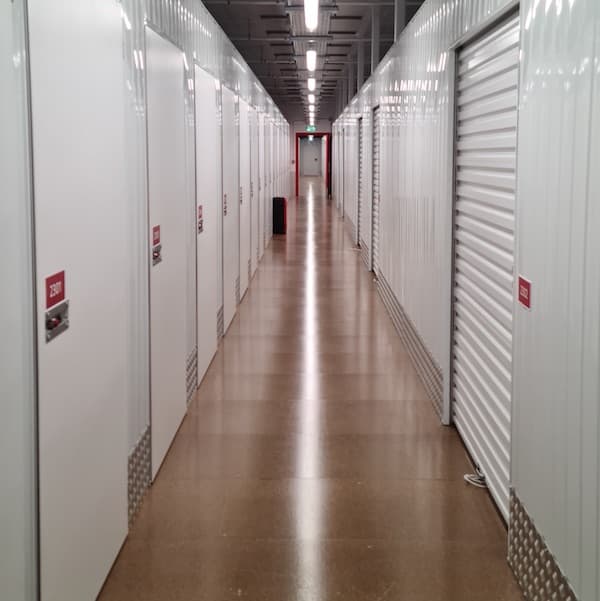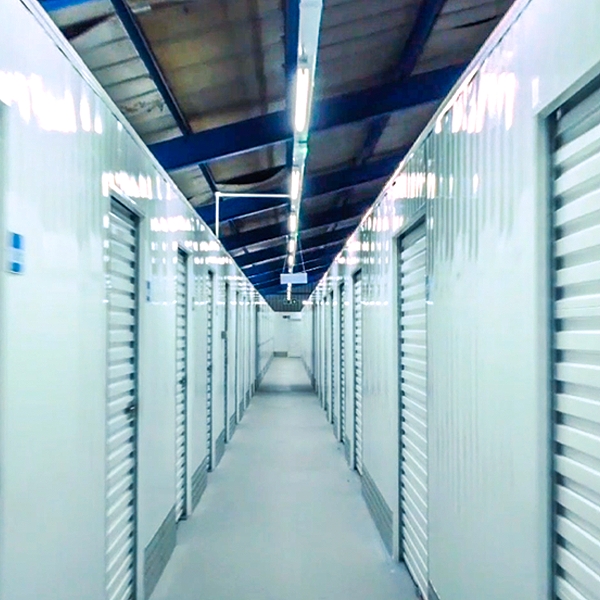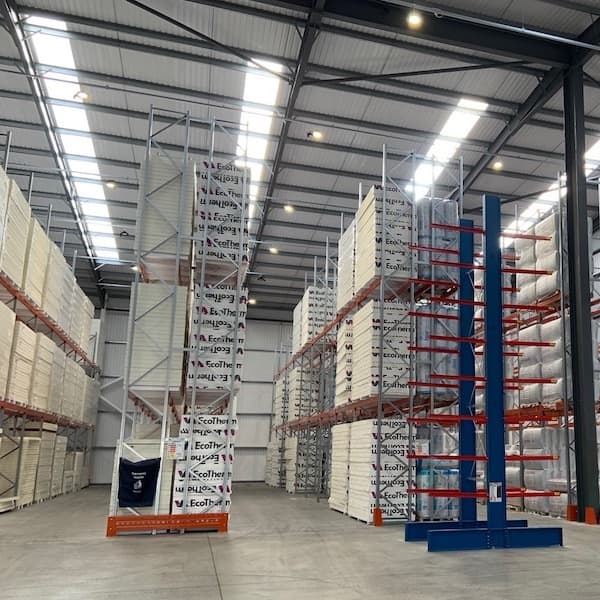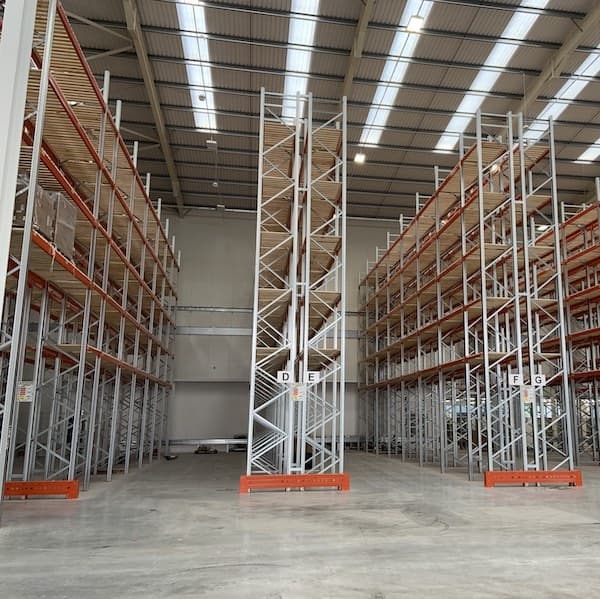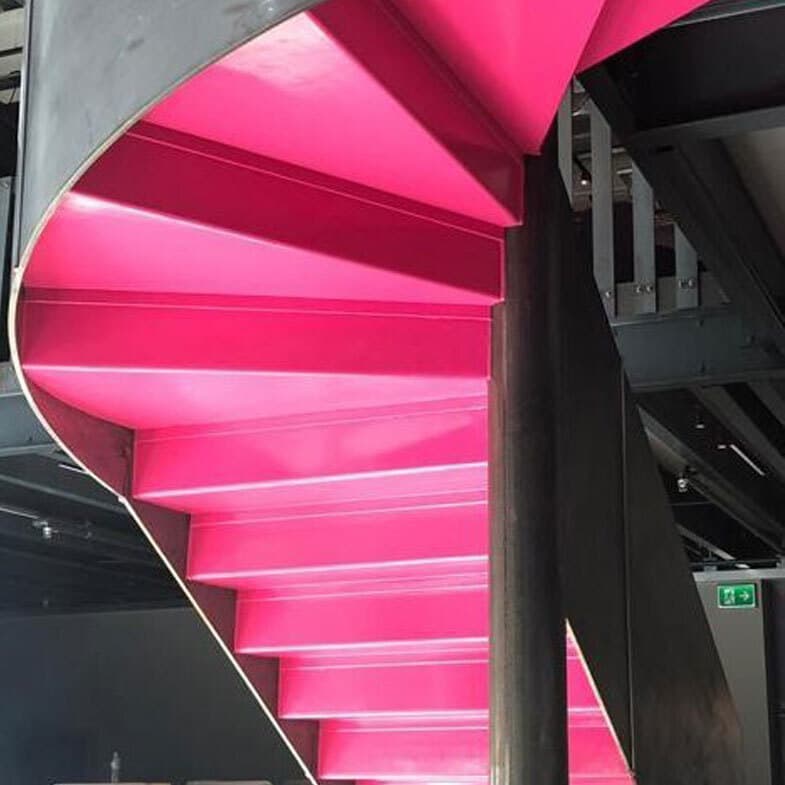- Mezzanine Floors
- Solutions
- Multi-Tier Mezzanines
- Mezzanine Pallet Safety Gates
- Mezzanine Staircases
- Mezzanine Handrails and Balustrades
- Mezzanine Decking
- Fire Protection for Mezzanine Floors
- Mezzanine Lift Shaft Design and Installation
- Resources
- Mezzanine Floor Calculator
- Mezzanine Floor Regulations and Building Control
- Self-Storage Mezzanine Floors
- Self-Storage Units
- Resources
- Self-Storage Site Selection Information
- Calculating The ROI of Self-Storage Conversions
- Planning for Automation in Self Storage
- Racking & Shelving
- Services
- Racking Design
- Racking Manufacture
- Racking Installation
- Racking Inspections
- Retail Racking And Shelving Systems
- Solutions
- Cantilever Racking
- Pallet Racking
- Coil Racking
- Longspan Shelving
- Tyre Racking
- Kimer Racking
- Live Storage Racking
- Drive In & Drive Through Racking
- Clip Shelving
- Mobile Shelving
- Custom Fabrications
- About Us
- USS Case Studies
- Self-Storage Fit-out For Raked Ceiling Building
- Mezzanine And Staircases For Entertainment Venue
- New Mezzanine And Staircases For Major Retailer
- Mezzanine Pallet Safety Gate
- Self-Storage Fit-Out Project For Brand New Facility
- Warehouse Racking, Wire Mesh & Shelving for New Warehouse
- Self-Storage Partition System & Components Installation
- Self-Storage Store Mezzanine And Staircases
- Multi-Tier Mezzanine For Logistics & Distribution Facility
- Warehouse Plant Platform
- Self-Storage Facility Space Expansion
- Mezzanine Floor For Distribution Warehouse
- Bespoke Feature Staircase & Mezzanine
- Single Level, Multi-Use Mezzanine
- Mezzanine For A New Building
- Mezzanine Floor For Plumbing Supplies Warehouse
- New Racking System and Mezzanine Floor
- Car Park Conversion To Self Storage Facility
- Pallet Racking and Cantilever Racking For Warehouse
- Two Mezzanine Floors For Self-Storage Facility In Birmingham
- Our Accreditations
- Contact Us
- USS Case Studies
The Latest Blogs From USS
Factory Mezzanine? Not Just Space and Storage!
read
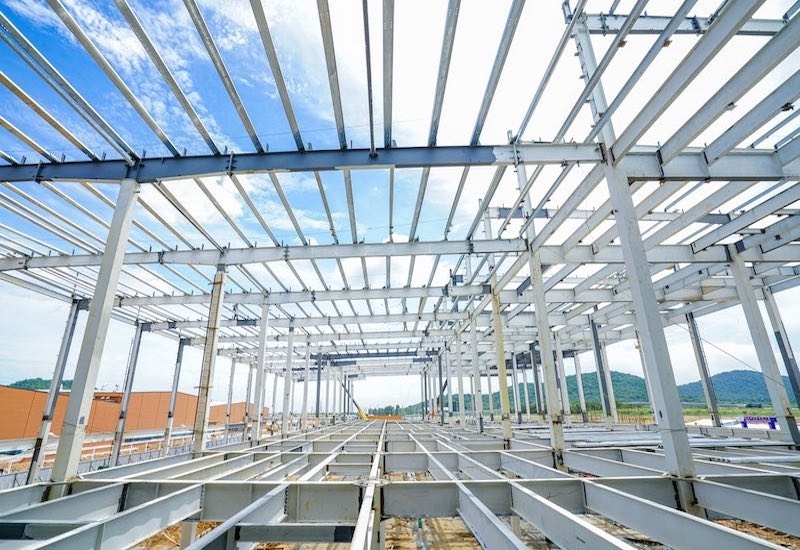
We’ve written often about the advantages of installing a mezzanine floor in a factory or warehouse, emphasising the primary "plus points" of increased space for storage and equipment. In many cases, these will be the principal drivers for installing a mezzanine floor, in as much as it will enable the use of otherwise wasted vertical space in a building without – in the vast majority of cases – needing planning permission. A mezzanine floor also allows the owners of a factory or warehouse space to increase the square meterage available to them without having to expand on the footprint of the building or move to another location, both options which will cost much more than installing a mezzanine floor.
Economics
For the reasons above, the most apparent advantage of installing a mezzanine floor is that it avoids the costs involved in other means of increasing available working space. As well as the direct costs of purchasing a new location or extending the shell of an existing building, the disruption caused by measures of this kind will likely impact operating costs to a far greater degree than the much less disruptive process of installing a mezzanine floor. Working closely with your mezzanine supplier, you could achieve an installation so that the site’s day-to-day operations can continue whilst site installers install the mezzanine floor simultaneously, avoiding expensive downtime.
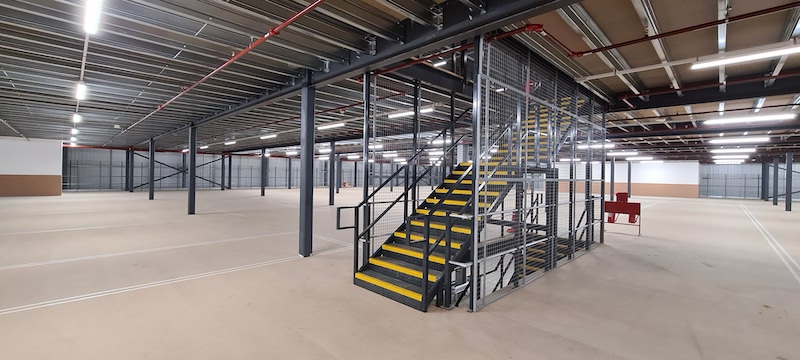
In addition to the lower costs of installing a mezzanine floor compared to other means of creating space, its value to the business will soon become apparent once the floor is in-situ. A straightforward case in point could be a factory producing items which experience differing levels of demand throughout the year. Suppose that factory is already operating at close to capacity. In that case, a seasonal spike in demand will likely lead to increased costs in terms of overtime or overcrowded and inefficient workstations - not to mention the increased possibility of mistakes being made. The storage offered by a mezzanine floor, on the other hand, would make it possible to produce the items in question at a steady rate throughout the year and store the excess to deal with periods of greater demand (the alternative – offsite storage – represents an on-going cost rather than the one-off expense of a mezzanine).
Another less apparent economic advantage of a mezzanine floor is that it could offer reduced operating costs through greater energy efficiency. In a warehouse, for example, the space could be divided between the area used for storing and shifting goods and another area containing the administrative division of the business. The alternative is to designate separate working areas in a single space, usually with only one large roller door to separate the interior of the building from the outside. It doesn’t take much to see that keeping the work areas warm enough to work comfortably in will prove prohibitively expensive - with much of the heat being lost through the doors and into the unused vertical space. On the other hand, using a mezzanine floor to create smaller, enclosed work areas is a viable option. These can be individually heated or cooled as required, but they may cost far less to heat in the winter and keep cool in the summer.
While increasing efficiency through access to storage and reduced energy costs, a mezzanine floor will also make it easier for a warehouse or factory space to benefit from the kind of automation technology that can cut costs and streamline processes. In simple terms, the existing space might not be sufficient to accommodate solutions such as conveyors, chutes and automated storage and retrieval systems, all or any of which could be installed either across a mezzanine floor or within the space opened up by shifting storage onto a mezzanine.
Efficient Working
The planning stage of a mezzanine floor installation offers an ideal opportunity to look at current workflows within your space and consider some of the daily storage challenges your operation faces. It’s a time to stand back and consider all the benefits the extra space created by a mezzanine floor could deliver.
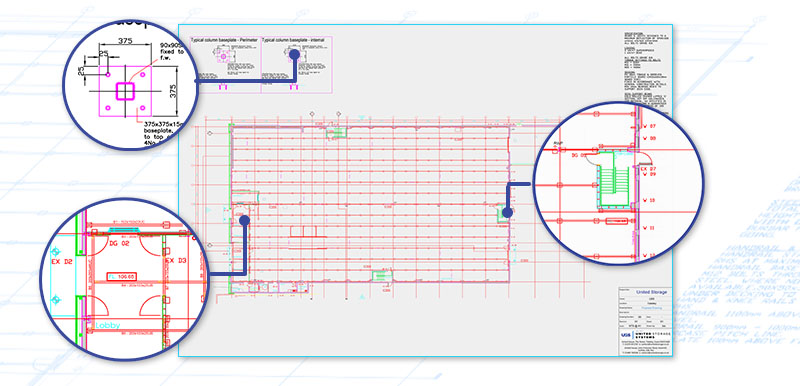
In many instances, the workflows within a space tend to develop piecemeal over time, with newer processes often squeezed into the only available space. In simple terms, the less ground an item has to cover while it travels through a warehouse or factory, the more efficient and, thus, less expensive the process will be. This process applies equally to goods being taken into a warehouse, picked, packed and shipped out, as it does to items moving through several stages of manufacture in a factory. Well-established principles such as lean manufacturing and motion economy focus on ideas such as reducing or eliminating the unnecessary movement of people, equipment or machinery, and a mezzanine floor can help to turn this principle into a reality. For example, a warehouse space may have the admin department centrally for easy access. However, this central location could mean that goods taken at one end of the warehouse must be shifted by forklift past the admin department and dropped at several packing stations. By raising the admin department onto a mezzanine floor, you could move the packing stations so they are adjacent to the arrival point, eliminating the need to move goods.
Employee Morale
One often ignored possible benefit of a mezzanine floor is the role it could play in helping to boost employee morale. Making your employees happier isn’t a purely ethical consideration, as studies have shown that happier employees are measurably more productive. A mezzanine floor could provide the ideal opportunity to create a space within which employees can take a break and recharge their batteries away from their workstations from time to time. Health and safety regulations contain this kind of provision. However, creating a purpose-built space would enable you to go above and beyond the basics and genuinely invest in employee well-being.

This shift toward working from home took place during the COVID-19 pandemic and has become entrenched to a degree – according to figures published by the ONS, in the period between 25th January and 5th February 2023, approximately 40% of adults reported working from home at some point in the past seven days. This shift has led to a working culture that utilises the primary location more as a space for collaborative and meetings-based work. Enclosed, insulated areas on a mezzanine floor are ideally suited to employee collaborations of this kind.
More space for storage may be the apparent reason to invest in a mezzanine floor, but as we’ve demonstrated, it’s far from the only advantage. The correct mezzanine floor installation could transform your business from lower heating costs and more efficient working practices - to happier employees.
This blog is for information purposes only and should not be construed as legal or financial advice and not intended to be substituted as legal or financial advice.
Find Us
S & L United Storage Systems Ltd
United House, The Street
Takeley, Bishop's Stortford
Hertfordshire, CM22 6QR
Company No. 1313816
VAT No. 291616253Say Hello
01279 871 787Copyright © 2025 S & L United Storage Systems Ltd. All rights reserved.
- About Us

